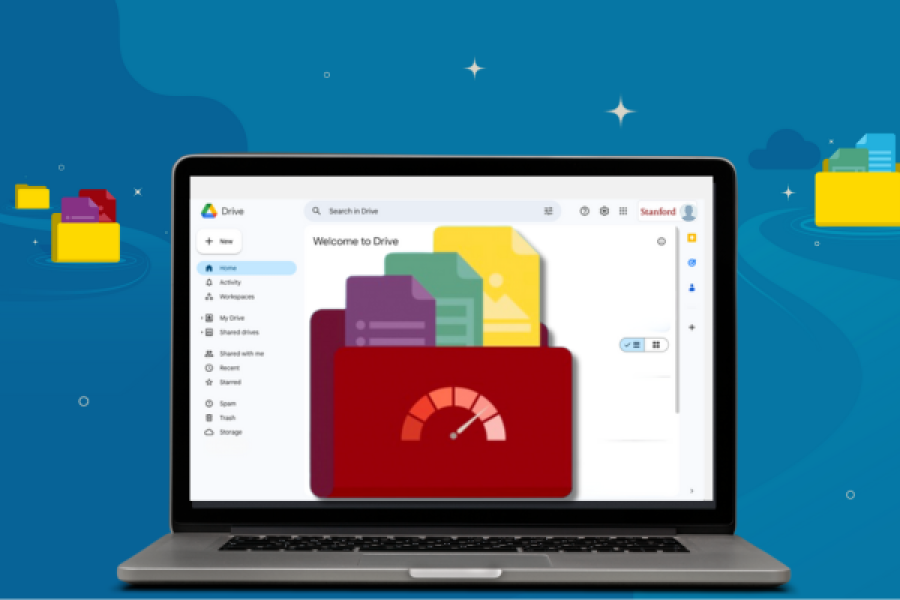Google will no longer provide higher education institutions with unlimited, free storage. To adapt to this change, the university is introducing new policies to optimize our storage solutions.
The Google Workspace Optimization Project is a multi-year initiative to prepare the university for a sustainable, "next-era" Google Workspace. The project team continues to gather input from IT leaders, campus advisory groups, high-storage users, and other stakeholders to identify potential solutions to support our transition to a service that's no longer free.
Rest assured, Google Workspace will remain a preferred collaboration tool and you’ll continue to have access to My Drive; shared drives; Google Docs, Sheets, and Slides; and all the other Google services you currently use.



